Every other kid that loves cricket has dreamed of being a cricketer. We all have bowled imaginary balls in the dark and light. We have all sent the middle stump spinning and rattling. But bowling in cricket can be very difficult. Because you can’t bowl one type of ball in order to win the match and that is why many experienced commentators emphasize the fact of having variations in the bowling. So, have you ever wondered how many types of bowling are there in cricket? Why do we need different kinds of bowlers in a cricket match? What’s the difference between pace and spin bowling? Then this blog is perfect for you.
First off, there are two types of bowlers – Pacers and Spinners. Now there are different kinds of bowls in both categories. So, without further ado, let us have a look at the list of different kinds of bowling in cricket.
Fast Bowling in Cricket
There are three different kinds of Fast Bowling Techniques
- Pace
- Seam
- Swing
– Pace Bowling
Let us start with pace bowling which basically means to bowl at high speed to make the batter uncomfortable and take their wickets. There is no limit on how fast a bowler can bowl as we have seen bowlers exceed 90 miles per hour which challenge most of the batsmen. But bowlers also add new delivery methods along with the pace to disturb the batter such as seam and swing.
1. Bouncer
A bouncer is a short-pitched delivery that is generally bowled having a cross-seam on your fingers. Its main objective is to make the batter uneasy so they induce a false short and get out.
2. Slower Ball
We have seen this kind of ball most in the T20 and ODI formats. As the name suggests it is a slow delivery that is disguised as a fast bowl in order to fool the batter that it will arrive quicker but eventually it will come slow and give a wicket to the fielding side.
3. Off Cutter
Since fast bowlers bowl this kind of ball, it moves from off to leg at some added pace.
4. Leg Cutter
A leg spinner is bowled using a leg spinner’s grip. The main objective is to move the high-speed ball from leg to off to a right-handed batter so it becomes lethal.
5. Yorker
A yorker is a very famous delivery which is used in almost every format for many reasons. A yorker ball can be defined as a delivery that is intended to pitch very fully. It taps the pitch right under the batter’s bat. If it is executed perfectly with the right pace, then Yorker is one of the most deadly bowls.
6. Knuckleball
This is basically a slow delivery as the bowler holds the ball in between the knuckles rather than deep inside the fingers. The seam doesn’t move at a quick speed as it will move more slowly in the air to deceive the batsman.
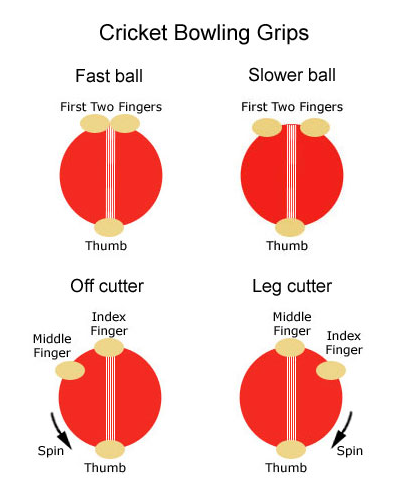
– Seam Bowling
The seam is basically the thread that holds the ball structure together and can be used as a weapon in the fast bowler’s arsenal. A ball bowled using a good seam position helps the bowler to move the ball in unusual ways using the pitch conditions. When the ball is delivered, it can move off the pitch at an unusual angle if the ball hits the seam when it lands. With this unusual movement, the batsman has less time to react as the ball moves off the pitch, not the air.
– Swing Bowling
Swing bowling is one of the most difficult balls to play. It’s because it’s the bowler’s capability to make the fastball move in the air in different directions. Let us have a look at the different kinds of swing bowling in Cricket.
1. Inswingers
If you have ever seen inswinging deliveries bowled by Bhuvneshwar Kumar then you know what we are talking about. As the name suggests, inswing is the bowl that swings inside the batters whether it’s a right-handed or a left-handed batsman. Inswinging deliveries are usually pitched on a good length but are very difficult to play. Inswingers are bowled by holding the call with the seam vertical and the first two fingers slightly across the seam and are usually bowled at an angle a little to the leg side.
2. Outswingers
Outswingers are a very common phenomenon in test cricket as they help set up the batter to throw his wicket to the slips. It is usually bowled on the good length at the 4th stump as the going away delivery makes the batter play the shot but edges to the slip. It is bowled by holding the ball with the seam at an angle and the first two fingers running on either side of the seam. This makes the ball swing to the left.
3. Reverse Swing
Inswingers and Outswingers only work when the ball is new but when the ball starts to get older it loses its shine and shape because of this it becomes difficult to swing the ball in any direction. But when the ball is 30-40 hours old, the ball starts to swing towards the shine and that’s what reverse swing is. It’s the exact opposite of the new ball as it swings towards the tough side.
If you have seen the fielders constantly shine the ball from one end and try to keep it rough on the other side in the test cricket then it’s because they want the ball to swing reverse. The best part of reverse swing is that it moves the ball more as compared to normal swing and also takes place late in the delivery making it difficult for the batter to play.
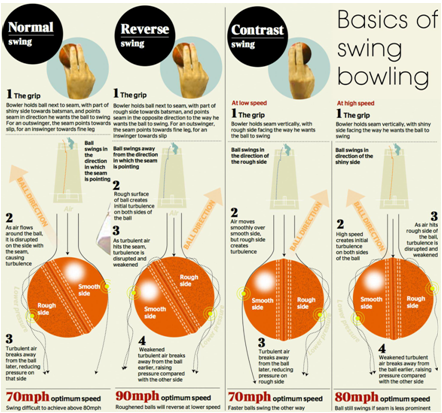
Image source: Pallisree
Spin Bowling in Cricket
Spin bowlers are generally split into two categories:
- Off Spinners
- Leg Spinners
– Off Spin Bowling
It is usually bowled by right-hand bowlers as they swing the ball using the first and second fingers of their delivery hand. Off spin means to move the ball from the offside to the leg side for a right-handed batter but at a slow pace. The point to be considered is, the more the ball is slow the chances of it spinning are high. Let us have a look at the different variations that an off-spin bowler uses in a cricket match.
1. Off Break
This is the stock delivery for all the off-spinners as for the right-handed batter it will spin from offside to legside and for the left-handers, it spins from leg to off.
2. Topspinner
If the bowler twists their fingers at any point of delivery then it’s going to be a top spinner. The batter expects the ball to spin but the ball is likely to go straight and trap the batsman for LBW.
3. Doosra
A doosra is another delivery bowled by an off-spinner with the intent of spinning in the opposite direction to his conventional delivery. It usually happens when the off-spinner holds the ball between the ring and the index fingers. It means the ball will spin from leg to off for a right-handed batter and vice versa.
4. Teesra
It’s one of the latest additions in the arsenal of off-spinners ammunition. It was basically an old art but is used in a new way to backspin the ball. An off-spinner rolls his fingers down the back of the ball but they won’t twist the hand while delivering the ball.
5. Arm Ball
Arm ball is also like a top spinner as the delivery is less likely to spin and goes straight with the arm. The off-spinner tries to keep the seam upright and rolls their fingers down the back before releasing the ball.
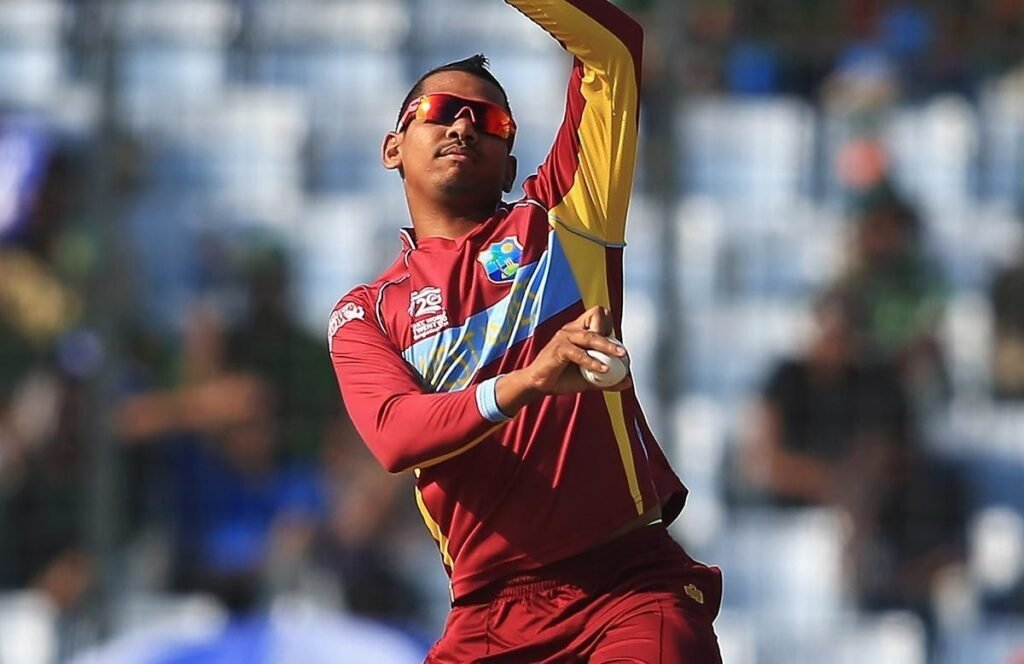
– Leg Spin Bowling
Leg spin bowling is considered one of the most difficult skills to master and that’s why there are fewer leg spinners in Cricket. But once you have mastered this skill then you can be as great as Shane Warne as you can also pose danger to any great batter in the world. It basically means to have the ability to move the ball from leg to offside of the right-handed batters and vice versa for left-handed batters. Here we have a look at the different kinds of leg-spin deliveries.
1. Leg Break
This is one of the most classic leg-spin deliveries which allows bowlers to employ their wrist to turn the ball from leg to off to a right-hander.
2. Googly
Googly is leg spinners doosra which means the opposite direction to their stock ball. This means the ball will spin from off to leg to a right-handed batsman and vice versa. A googly can be really hard to deceive as it comes with the same leg-spin grip.
3. Slider
The slider from a leg spinner allows the ball to move quickly off the pitch and go straight on with the arm. The bowler rolls their fingers down the side to the ball a slider and swindles the batsman.
4. Flipper
This delivery is almost exclusively used by leg spinners. A leg spinner to grip the ball between the thumb and first two fingers so they can squeeze the ball out on point of delivery.
5. FlickerBall
A flicker is the leg spinner’s carrom ball. It employs the same grip between the thumb and a bent finger and it can spin in any direction or go straight on.
Endnotes
This was everything about different kinds of deliveries in Cricket and how bowlers use it in cricket to get the batter’s wicket. We hope you like this blog as we will be back with another one. Until then, Goodbye!

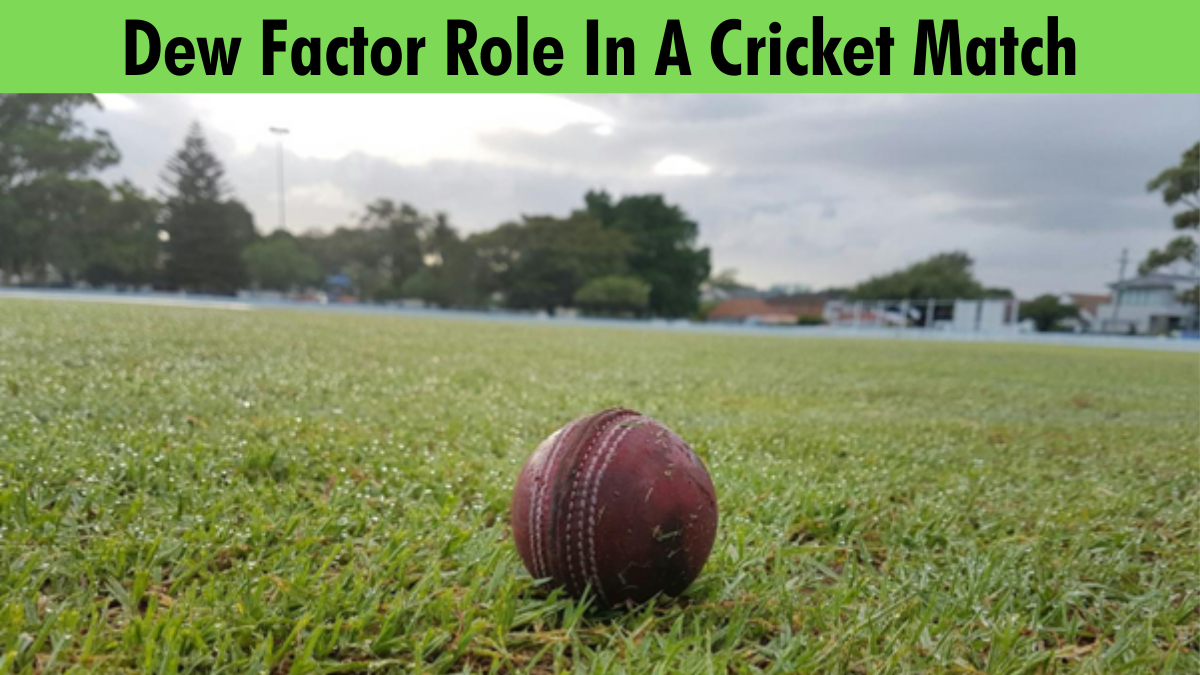
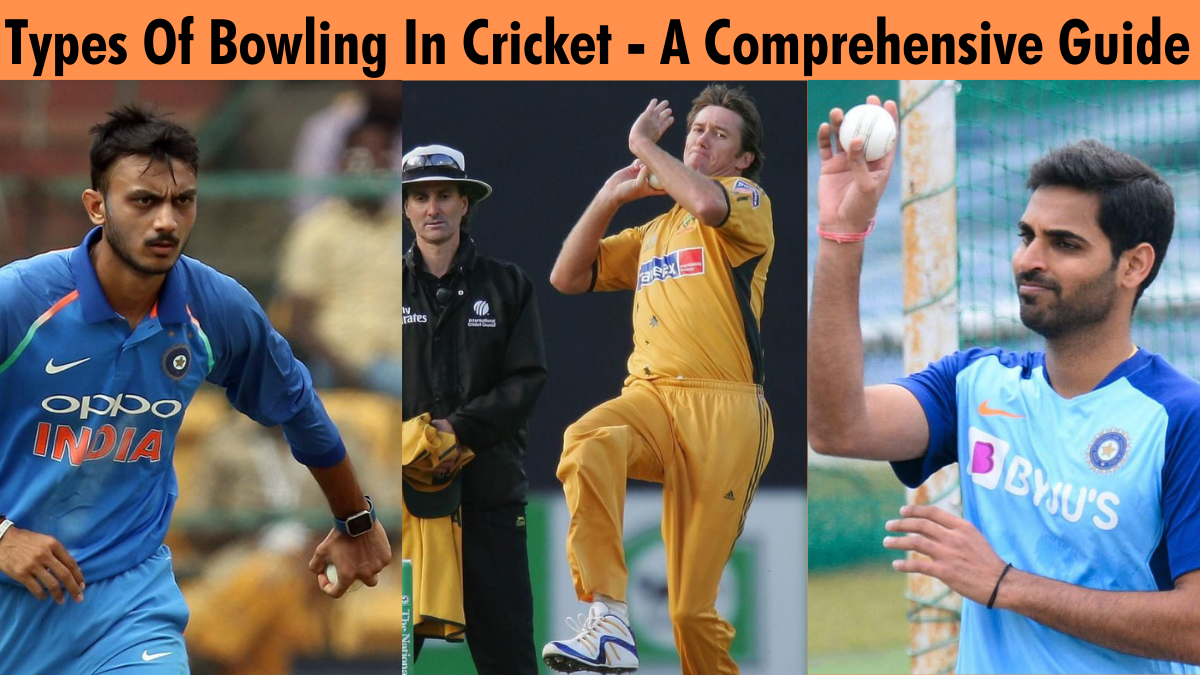


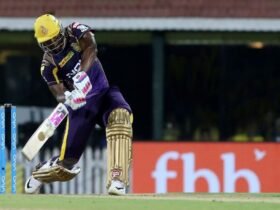

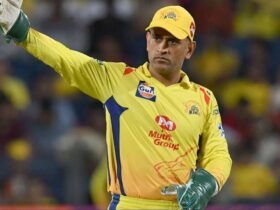
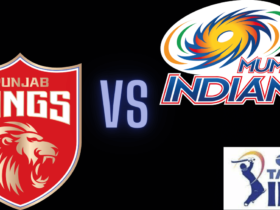
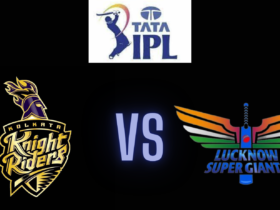
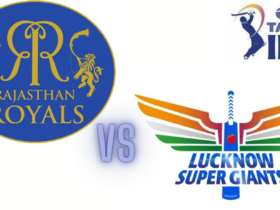
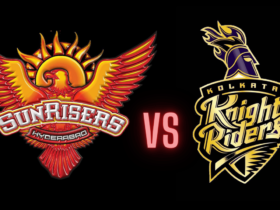
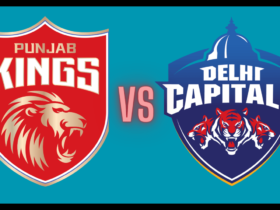

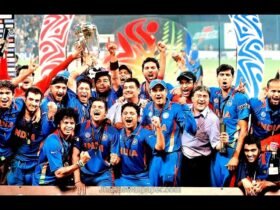



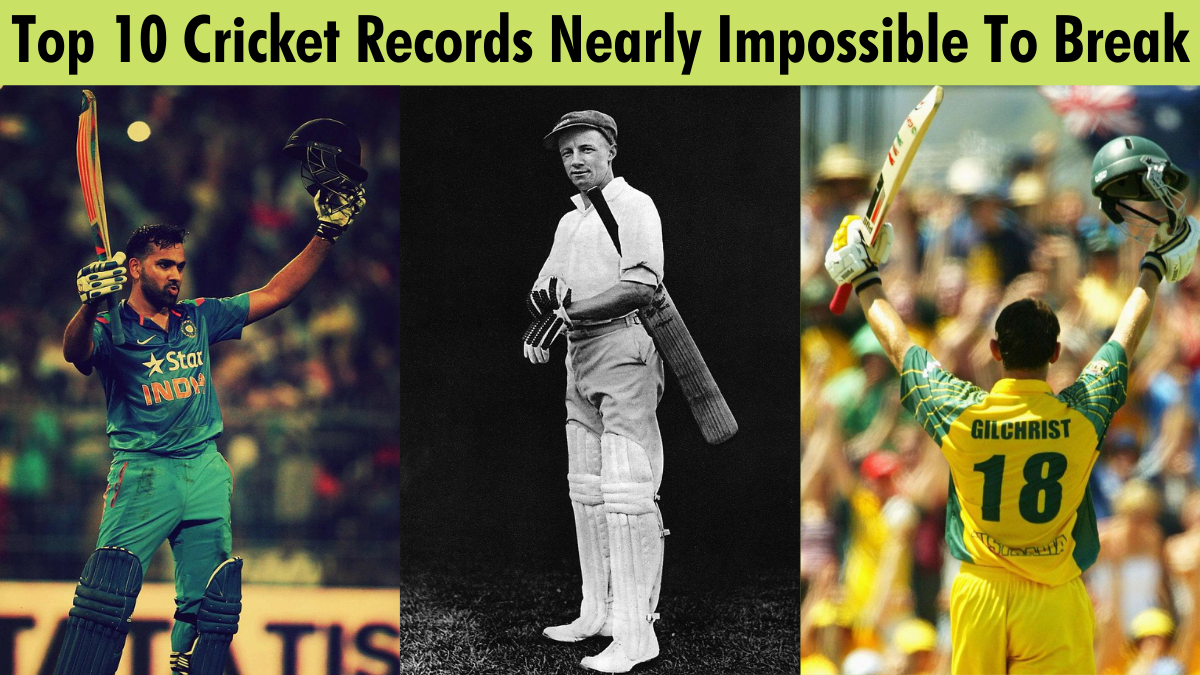



Hello, Nice description of the type of bowling, good job.